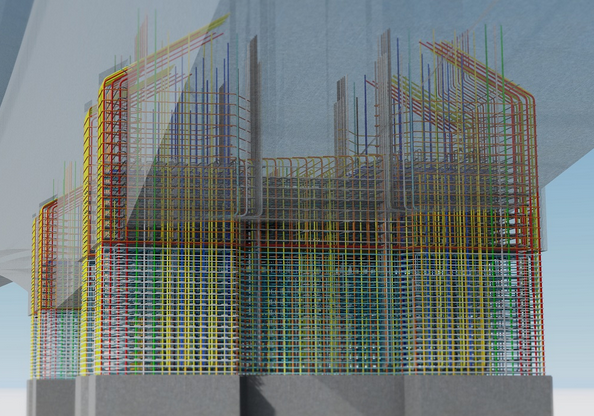In the era of the construction industry’s digital transformation, technological advancements have disrupted traditional practices, paving the way for more efficient and collaborative approaches to building projects. One such innovation that has gained a lot of traction is Building Information Modeling (BIM). BIM is a digital integration process that enables construction professionals to create, manage, and share detailed 3D models of buildings and infrastructure. This article will explore how the construction industry’s digital transformation through BIM revolutionizes construction processes, its benefits, and its impact on the industry.
Understanding Building Information Modeling (BIM)
Building Information Modeling (BIM) is a collaborative approach to construction project management that utilizes digital models to represent a building or infrastructure’s physical and functional characteristics. It involves creating and using intelligent 3D models that incorporate data and information about various components and systems within a project.
Key Components of BIM
- 3D Modeling: BIM facilitates the creation of detailed 3D models that accurately represent the physical aspects of a building or infrastructure. These models can incorporate architectural, structural, and mechanical components, allowing for comprehensive visualization of the project.
- Data Integration: BIM incorporates data and information about various elements within the digital model, including materials, dimensions, costs, and schedules. This data integration ensures that all project stakeholders have access to up-to-date and relevant information, fostering collaboration and informed decision-making.
- Collaborative Environment: BIM enables multiple professionals, such as architects, engineers, contractors, and suppliers, to work together in a shared digital environment. This collaborative platform promotes real-time communication, coordination, and efficient project management.
Benefits of BIM in Construction
- Improved Design and Visualization: BIM allows stakeholders to visualize and evaluate design concepts more effectively. The 3D models offer a realistic representation of the project, enabling better decision-making during the design phase and reducing the potential for errors or conflicts.
- Enhanced Coordination and Collaboration: BIM facilitates better coordination among project teams, ensuring all stakeholders work from a common data source. This shared platform allows for seamless collaboration, minimizing delays and improving overall project efficiency.
- Clash Detection and Risk Mitigation: BIM enables clash detection, where potential conflicts between different building components are identified and resolved digitally before construction begins. This reduces the likelihood of on-site clashes, rework, and associated costs, improving construction quality.
- Efficient Cost and Resource Management: BIM incorporates data related to project costs, materials, and schedules. This allows for more accurate cost estimation, improved resource allocation, and better project planning. Analyzing and simulating different scenarios within the digital environment enhances cost and resource management throughout the project lifecycle.
- Lifecycle Management and Maintenance: BIM extends beyond the construction phase and supports the management of the building throughout its lifecycle. The digital model can be utilized for facility management, maintenance, and renovations, ensuring the efficient operation of the building long after its construction.
The Impact of BIM on the Construction Industry
- Efficiency and Productivity: BIM streamlines construction processes, reduces errors, and improves project coordination. By facilitating a collaborative environment and enhancing communication, BIM minimizes delays, rework, and inefficiencies, leading to increased productivity across the industry.
- Sustainability and Environmental Impact: BIM enables a more sustainable approach to construction by allowing for analysis and optimization of building performance. The digital model can simulate energy consumption, day-lighting, and other environmental factors, helping designers make informed decisions that reduce the environmental impact of buildings.
- Regulatory Compliance and Documentation: BIM simplifies compliance with regulatory requirements by providing accurate and up-to-date documentation. This digital documentation can include information on building codes, permits, safety regulations, and environmental standards, ensuring that projects adhere to legal and industry standards.
Conclusion
In conclusion, Building Information Modeling (BIM) is revolutionizing the construction industry’s digital transformation capabilities. By embracing BIM, construction professionals can benefit from improved design visualization, enhanced coordination, clash detection, efficient cost management, and sustainable building practices. The collaborative nature of BIM fosters better communication, decision-making, and project management, leading to increased efficiency, productivity, and overall project success. The digital age is revolutionizing the construction industry, and Building Information Modeling (BIM) is a game changer for its future success.BIM integrates innovation, collaboration, and better construction practices to enhance the industry.
Need office space? That is our specialty, helping you find and negotiate the best option for your company. Contact us today for more info. Our service is FREE and NO OBLIGATION!

